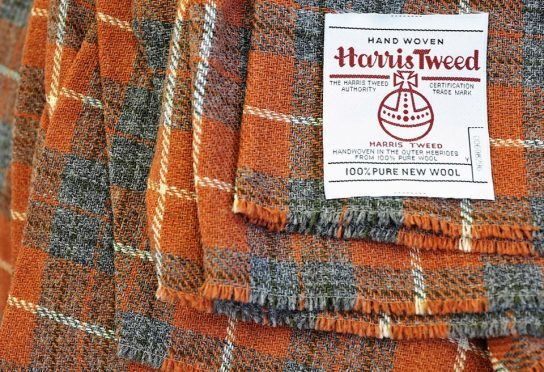Around 30 Harris Tweed jobs in the Western Isles have been saved at a closure-threatened mill after a weaver’s daughter secured a takeover deal.
The Carloway Mill on the west coast of Lewis is being bought in a management buyout.
The plant is smallest of three Harris Tweed mills in Scotland.
Operations manager Annie Macdonald set up a new corporate entity, The Carloway Mill Ltd, in December as negotiations with the present directors, Derek Reid and Alan Bain, progressed.
Outside investor, Anthony Loftus officially came onboard three weeks ago.
57-year-old Mr Loftus, who works in the oil and gas industry, will play an active role in the business, said Ms Macdonald.
Annie Macdonald has a great affinity with Harris Tweed having grown up in a weaving household on the family croft on the island of Great Bernera across the Loch Roag sealoch from the Carloway district where the mill is based.
The former councillor who fondly recalls helping her father at the loom and filling “iteachans” or winding yarn round bobbins, said she is “delighted and excited” with securing ownership.
Ms Macdonald said: “I have a passion for Harris Tweed and I believe this signals a positive future for the mill.
“Harris Tweed plays an significant role in the culture, history and heritage of the Western Isles
“The most important outcome is that this retains jobs in this fragile rural economy”
The new owners have plans to grow their business including capturing the interest in its recently introduced “premium” blend of softer fabric for the women’s fashion industry.
This time last year the financially troubled business was considering calling administrators and the mill was marketed for sale for a “modest price” in a final attempt to save jobs.
In January 2016, company boss Derek Reid said the business the mill just needed £200,000 to £250,000 to keep afloat.
No rescue package materialised but Mr Reid ploughed in his own cash to allow the firm to survive.
In recent years, Harris Tweed has become an iconic international fabric with huge demand for modern designs.
Now estimated to be worth nearly £11 million, the industry plays a significant role – not only for employment on the Hebridean islands but also the sector’s contribution to both Scotland and UK economies.
